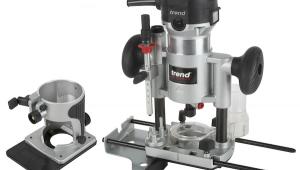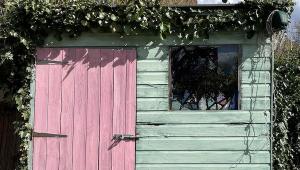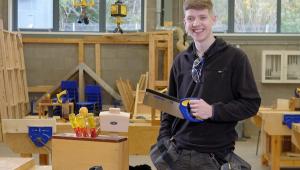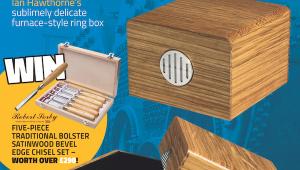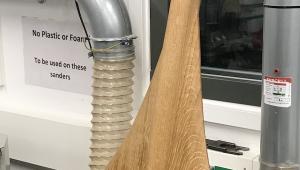Referendum Cabinet
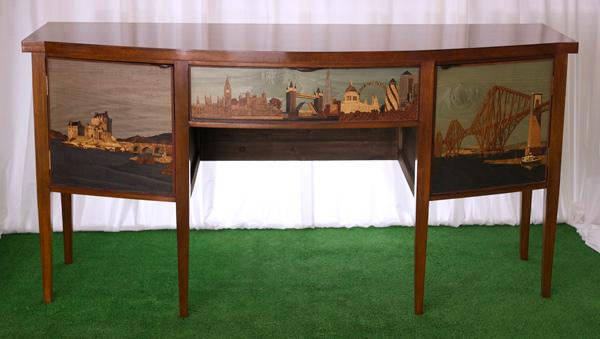
Scottish referendum meets furniture in cabinet of ideas
An iconic piece of Scottish furniture, named the “Referendum Cabinet”, has been created by Scotland’s leading furniture design school, to mark one of the most important events in the country’s recent history.
The cabinet, designed and made by the Chippendale International School of Furniture, was described as “an iconic piece of furniture of both national and international importance,” by Professor Richard Demarco, one of Europe’s leading advocates of contemporary art.
The intricately inlaid cabinet tells an interwoven story of Scotland’s heritage and history, and of its place in the Union ahead of the independence referendum. The cabinet was on display in an art gallery in central Edinburgh, and is now back at the School – with visitors more than welcome.
The non-political cabinet is the work of Anselm Fraser, principal of the Chippendale School near Haddington, East Lothian, and his team of teaching specialists and students.
The cabinet features Eilean Donan Castle and the Forth Rail Bridge on its outer doors, and a composite image of the London skyline on its central drawer, all employing traditional marquetry enhanced by computer aided design (CAD) and computer numerically controlled (CNC) technologies.
The wood veneers used included stained hardwoods for the skies and water, zebrano, lacewood, macassar ebony, mahogany, burr oak, burr and crown walnut, magnolia, maple, vavona and eucalyptus.
“The inspiration behind the cabinet is that we wanted to design and make a piece of furniture to commemorate one of the most important days in Scotland’s history,” said Anselm Fraser.

“We also wanted the design to be as challenging as possible, both to stretch the learning experience for our students, and to create a nationally-significant piece of new furniture ahead of the referendum,” he said.
Images on the central drawer include historic buildings such as the Houses of Parliament and Tower Bridge – interspersed with newer additions to London’s cityscape, including the Shard, Europe’s tallest building.
The Scottish images celebrate Scotland’s engineering heritage and iconic history and scenery. London, on the Thames, looks out to continental Europe; Eilean Donan Castle, on Scotland’s west coast, looks to the New World. Helping to join the two countries is the Forth Rail Bridge, opened in 1890, and an enduring symbol of engineering excellence.
While the cabinet required intricate craftsmanship, it also used cutting-edge computer technologies. For example, some of the finest detail on the cabinet – in particular the struts on the Forth Bridge – were given additional precision using CNC line technology, a process of burning fine detail into the marquetry.
“By combining computer-aided design technologies with traditional craftsmanship, we have created a piece of furniture that also tells a more modern story; a story of both heritage and innovation – and that, whatever the referendum result, we should celebrate the past as well as the future,” said Anselm Fraser.
“In that sense, it is a cabinet of ideas, inviting people to think about Scotland and the UK: to consider our differences and shared values – the very heart of the referendum debate,” he said.
There are still places remaining for this year’s 30-week intensive course, which begins in October, with bursaries and student loans available, and with graduating students able to take incubation space at the school to establish new businesses.
- Log in or register to post comments

